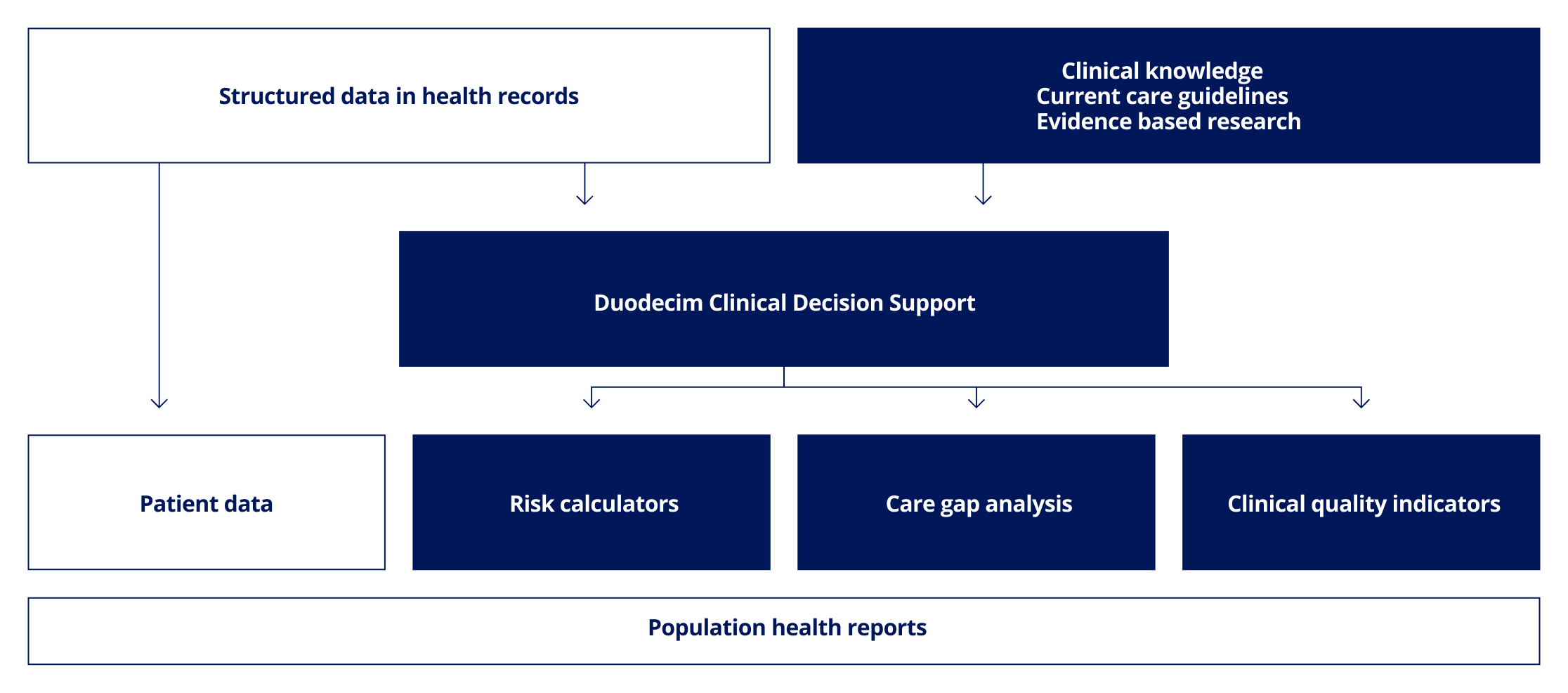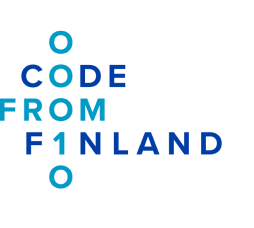Views on the state of the health of the population make it possible to present information in graphical form. Views are composed of individual graphs. Search and filtering capabilities allow you to subdivide a group of patients, even down to individual patients if necessary. Developments in treatment can be monitored by regularly updating the information.
The link between knowledge-based management and patient care

Knowledge-based management helps to develop operations and allocate resources where they can be of most benefit.
Accurate and up-to-date information on the well-being and health of the region’s population and the effectiveness of services will help organisations to operate efficiently and provide the right type of services.

A healthcare professional is able to see the health status of the population, find patients in need of care, and evaluate the effectiveness of the care they provide.
Decisions are based on an extensive data sample that is easy to read and process. It is easier for a healthcare professional to prioritise their own work in a way that provides maximum benefit to patients.








